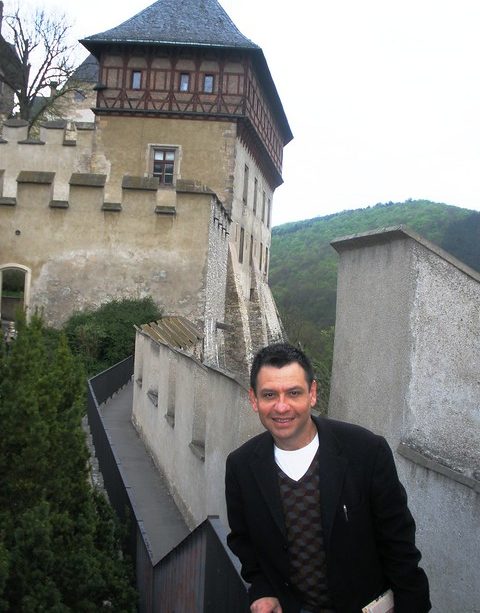The Czech Republic: A Rising Star in Europe

Introduction
The Czech Republic, situated at the heart of Central Europe, has become increasingly important both economically and culturally. With a rich history, stunning architecture, and a vibrant arts scene, the Czech Republic attracts millions of tourists each year while also establishing itself as a vital player in the European economy. Recent trends indicate a robust recovery from the impacts of the COVID-19 pandemic, making it an exciting time to examine this evolving nation.
Economic Growth and Challenges
As of 2023, the Czech Republic has demonstrated resilience after the economic downturn caused by the pandemic. According to the Czech Statistical Office, the country’s GDP grew by 4.5% in the first quarter of 2023 compared to the previous year. This growth marks a significant rebound, highlighting strong performances in manufacturing and services, which are the backbones of the Czech economy. Prominent sectors include automotive production, machinery, and information technology, all of which have shown signs of substantial development.
However, challenges remain. Inflation has been a particular concern, reaching around 8.5% earlier this year, affecting household purchasing power. The government has initiated measures to tackle this inflation and maintain economic stability, which is crucial for encouraging foreign investments.
Cultural Heritage and Tourism
The cultural landscape of the Czech Republic is as rich as its economic potential. Cities like Prague, with its Gothic and Baroque architecture, and Český Krumlov, known for its medieval charm, draw millions of visitors annually. The country hosts numerous cultural festivals, such as the Prague Spring International Music Festival, which showcases its deep artistic heritage.
In 2023, the tourism sector is expected to continue recovering, with projections indicating that visitor numbers can rebound to pre-pandemic levels. The Czech Tourists Authority has launched initiatives to attract international tourists, focusing on promoting lesser-known destinations and local experiences, thereby ensuring that tourism benefits rural areas of the country.
Conclusion
The Czech Republic stands at a promising crossroads, combining economic recovery with a flourishing cultural identity. As it faces and overcomes challenges like inflation, the emphasis on sustainable growth and cultural preservation can enhance its stature on the European stage. For potential investors and tourists alike, the combination of economic stability and rich cultural offerings suggests that the Czech Republic will continue to be an appealing destination for years to come. The nation’s ongoing development will play a significant role in shaping Central Europe’s future.








